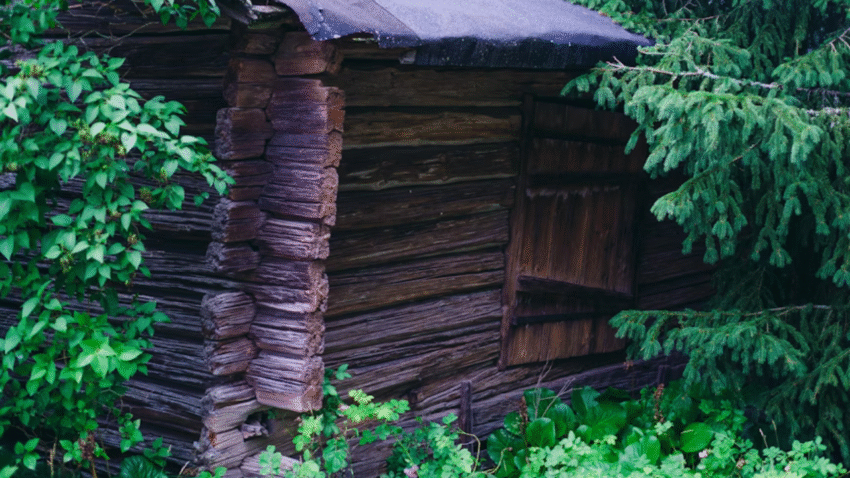Introduction
Running out of floor space in your shed? Stacks of tools and cluttered boxes can make it nearly impossible to find what you need. The best solution is adding custom shelving that fits your shed perfectly. Building your own shelves is easy, affordable, and lets you maximize every inch of space. This guide will show you exactly how to build DIY shed shelving step by step, so you can create a functional, organized storage system.
Why DIY Shelving Matters for Your Shed
Shed shelving keeps items off the floor, improves accessibility, and makes your shed safer to use. Pre‑made shelving often wastes space or doesn’t fit your shed’s dimensions. By building your own, you can design shelves for the exact tools, bins, and supplies you own. DIY shelving is also cheaper and sturdier than many store‑bought options, making it a practical upgrade for any shed.
Step‑by‑Step Guide to Building DIY Shed Shelving
1. Plan Your Shelf Design
Decide how many shelves you need and their purpose. Will they hold small bins, large tools, or paint cans? Plan the depth and spacing accordingly. Sketch a rough design and measure the wall space where the shelves will go.
2. Gather Tools and Materials
You’ll need:
- 2×4 or 2×3 lumber for frame supports
- Plywood or MDF for shelf surfaces
- Screws, drill, level, and saw
- Measuring tape, stud finder, and sandpaper
3. Measure and Mark Wall Studs
Use a stud finder to locate the wall studs. Mark them with a pencil—these will be your anchor points for the shelf supports.
4. Cut the Lumber
Cut horizontal and vertical supports to your desired shelf dimensions. Cut the plywood to match the length and depth of each shelf. Sand edges to avoid splinters.
5. Install the Wall Supports
Screw horizontal 2x4s directly into the studs at the height of your bottom shelf. Use a level to ensure they’re straight. Repeat for each shelf height.
6. Build Side and Front Supports
For extra strength, add vertical 2×4 legs at the ends and a front horizontal beam under each shelf. This creates a sturdy frame capable of holding heavier items.
7. Attach the Shelf Surfaces
Place the plywood or MDF boards on top of the supports. Secure them with screws, making sure they sit flush and level.
8. Add Additional Shelves
Repeat the process for each level, keeping at least 12–18 inches of space between shelves depending on what you plan to store.
9. Customize as Needed
Install hooks on the sides for tools, add small bins underneath, or create deeper shelves for bulkier items.
10. Test for Stability
Before loading items, push and shake the shelves gently to ensure they’re stable. Add extra screws or braces if needed for reinforcement.
Common Mistakes to Avoid
❌ Using Weak Materials
Thin or untreated wood can sag or break.
✅ Solution: Use 2×4 framing lumber and sturdy plywood for strong shelves.
❌ Failing to Anchor Into Studs
Attaching shelves only to siding or drywall is unsafe.
✅ Solution: Always screw supports into wall studs for strength.
❌ Making Shelves Too Deep
Deep shelves make it hard to reach items at the back.
✅ Solution: Keep shelves between 12–18 inches deep for easy access.
❌ Forgetting to Sand Edges
Rough wood edges can cause splinters.
✅ Solution: Sand all cut edges before installation.
❌ Overloading Shelves
Even strong shelves have weight limits.
✅ Solution: Distribute heavy items evenly and avoid exceeding safe limits.
Extra Shed Tips & Hacks
- Add pegboards above shelves for hanging small tools.
- Label bins on shelves to make finding items faster.
- Build corner shelves to make use of often‑wasted corner space.
- For more shed organization ideas, read our guide on how to plan shed storage zones.
Conclusion
Building DIY shed shelving is one of the easiest ways to improve your shed’s functionality. With basic materials and tools, you can create strong, custom shelves that maximize space and keep everything organized. By following these steps, you’ll have a storage system that’s affordable, durable, and tailored to your needs.
